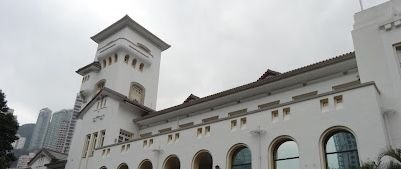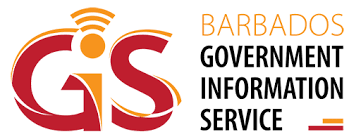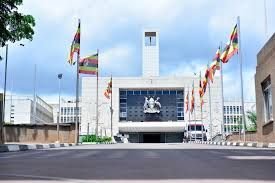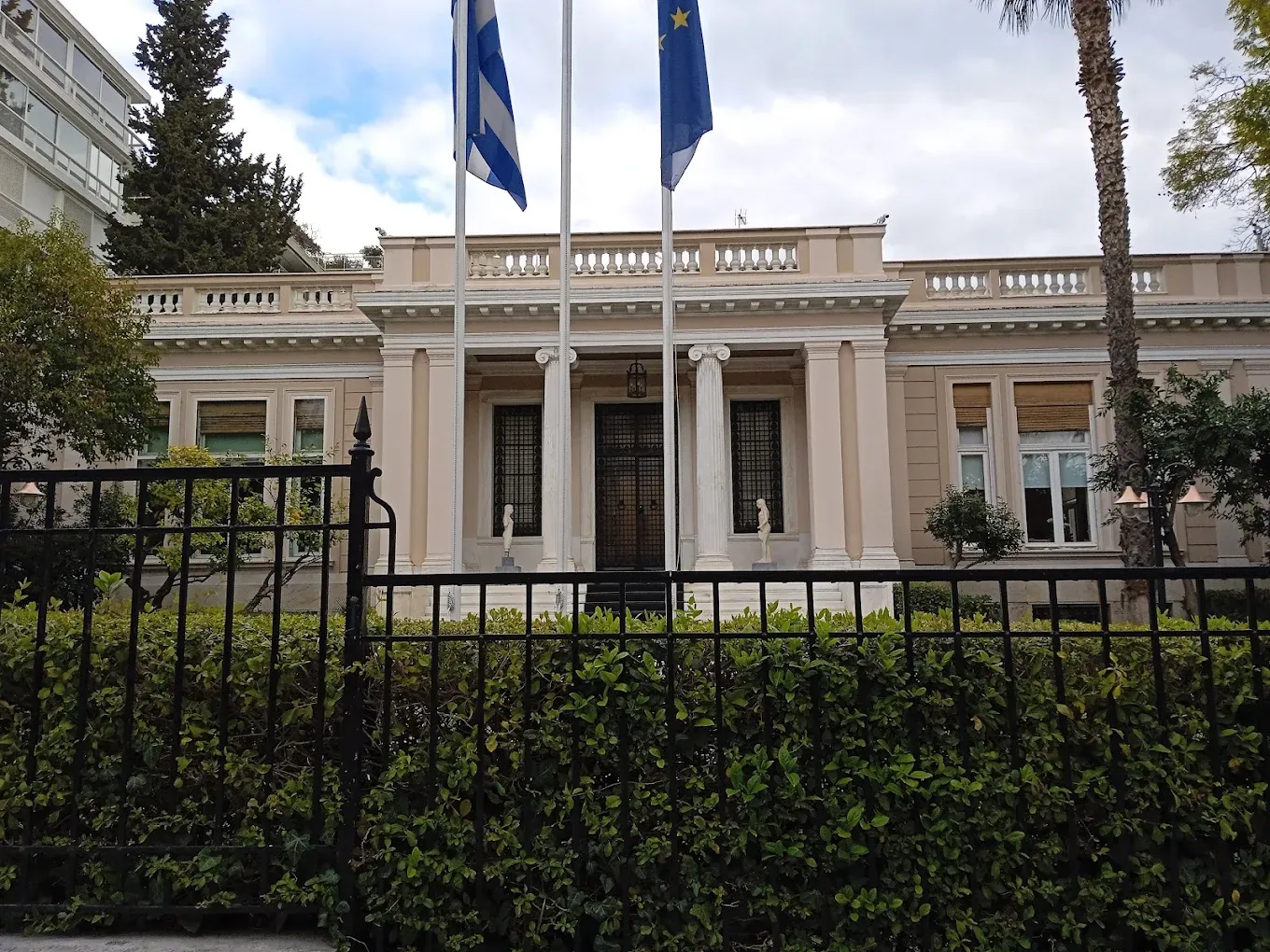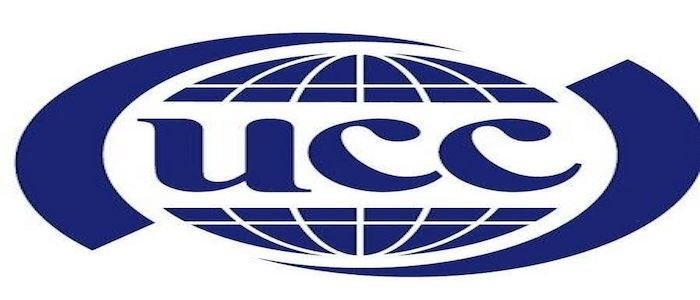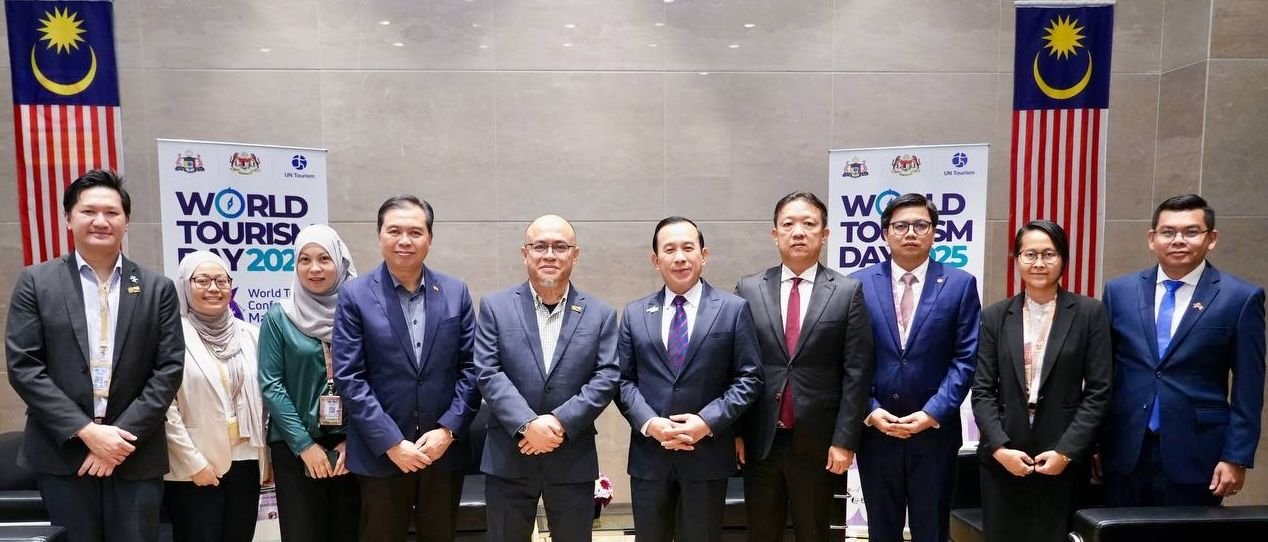Hong Kong Special Administrative Region Government
The Government of the Hong Kong Special Administrative Region, established following the 1997 handover from Britain to China, operates under the “one country, two systems” principle with executive authority vested in a Chief Executive appointed by Beijing’s State Council after selection by a 1,500-member Election Committee. The Chief Executive leads an executive-dominated system alongside the Chief Secretary for Administration, Financial Secretary, and Secretary for Justice, who oversee 15 policy bureaus. While officially responsible to the Legislative Council for enacting laws and approving spending, the government maintains substantial autonomy over Hong Kong’s internal affairs, though Beijing controls defense and foreign policy. Since 2020, the national security law has significantly expanded the government’s powers to prosecute dissent, criminalizing secession, subversion, terrorism, and collusion with foreign forces, leading to hundreds of arrests and the closure of pro-democracy outlets.

